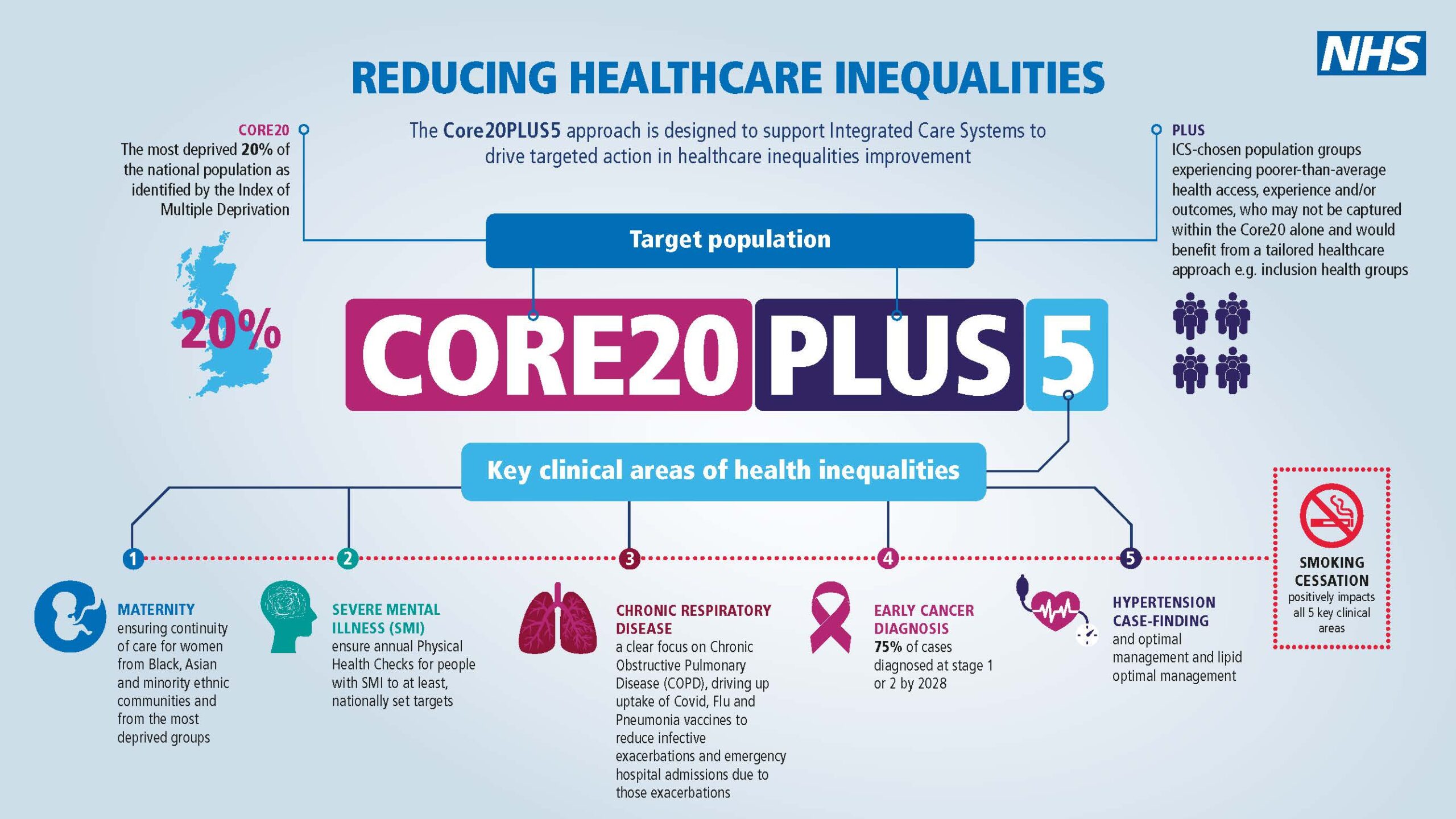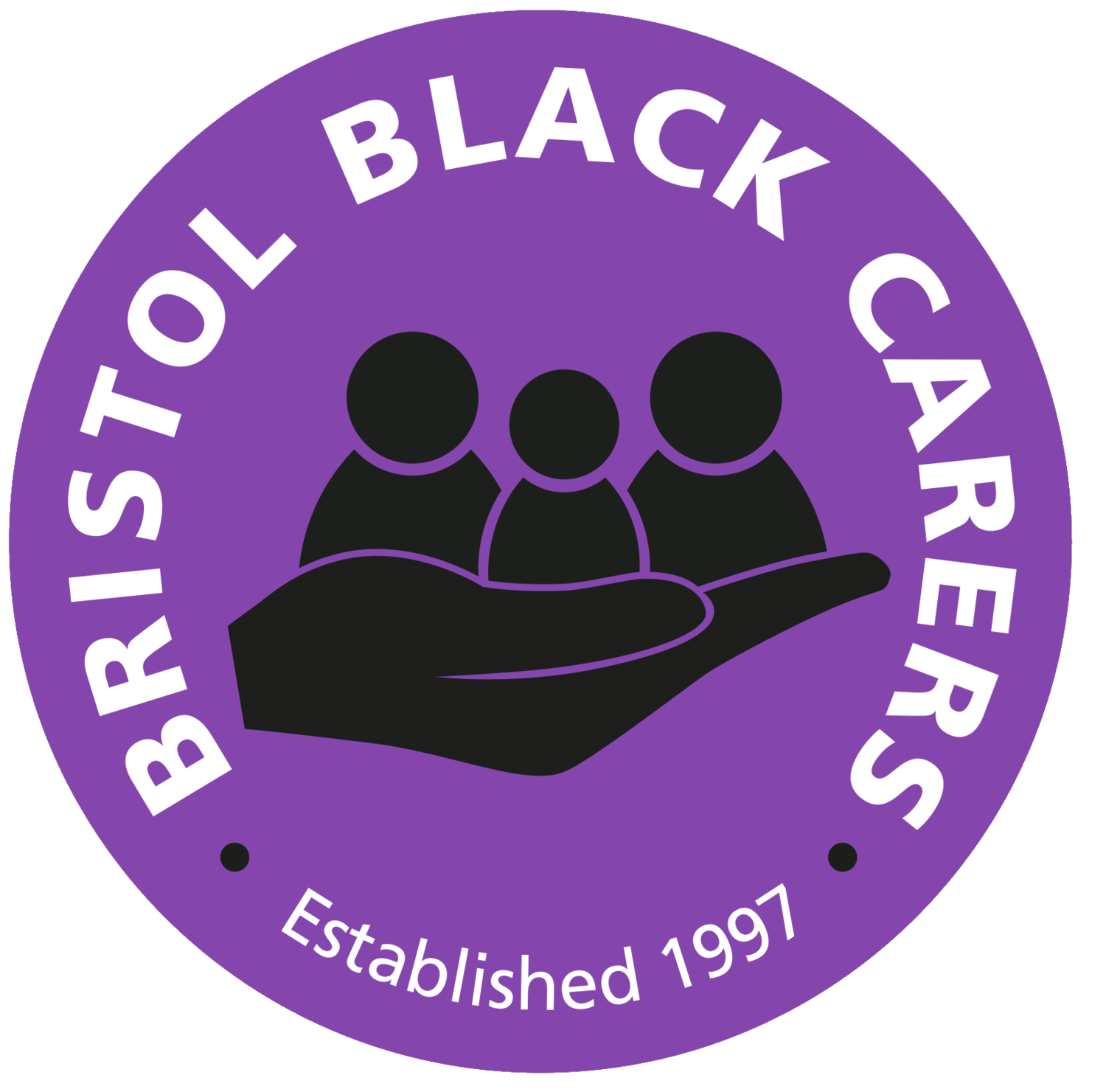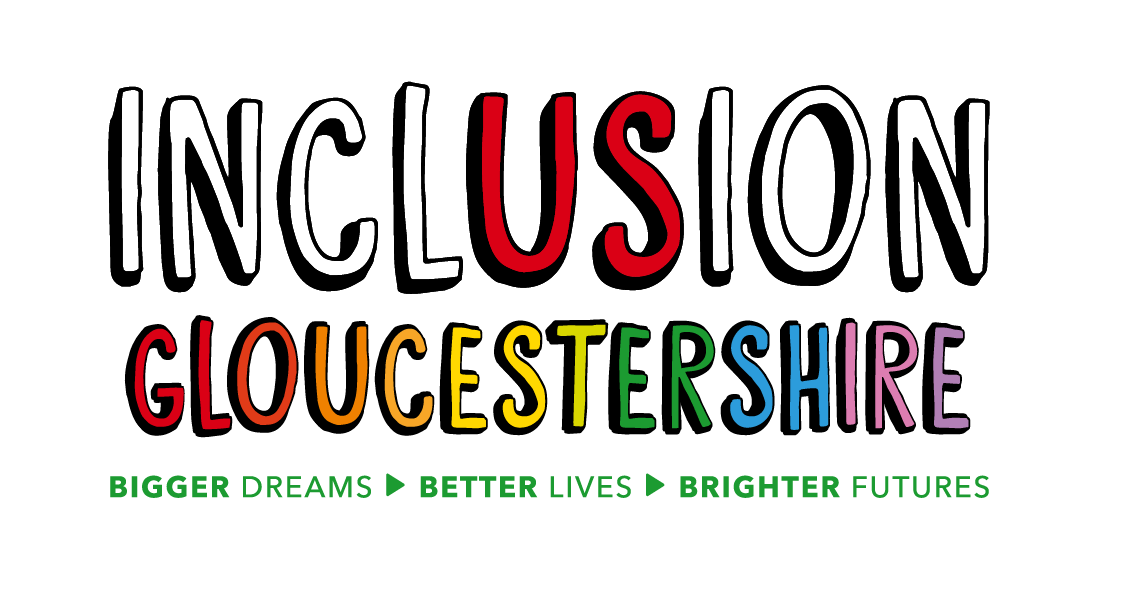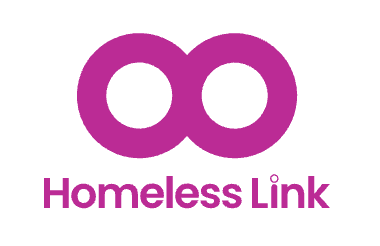Copy of Health Inequalities
- 1 in 2 people in the UK will be diagnosed with some form of cancer during their lifetime
- 40% of cancer are preventable as they are related lifestyle risk factors
- Poorer outcomes for population groups in the more deprived quintiles due to late diagnoses
- Pandemic and cost of living crisis has exacerbated the above issues
A new report from the Institute of Health Equity makes the case for prioritising reducing fuel poverty to address health inequalities and provides a useful framework for healthcare institutes to address health inequalities.

Core20Plus5 is the NHS approach to reducing health inequalities. It prioritises the ‘most deprived 20% of the national population as identified by the Index of Multiple Deprivation (IMD)’.
We need to ensure our health inequalities activity focusses on greatest need.
PCN DES
Introduction
Referral quality
Safety
Telederm
HI exemplars - Case Studies
In September 2023, we worked with ICBs to identify some PCNs who have shown creative approaches to addressing health inequalities in their areas. Some of their strategies are outlined below:
Other programmes that we are addressing Health Inequalities with are:
Resources for Healthcare Professionals:
Health inequalities for people impacted by cancer is an important issue which all healthcare professionals should address.
Please click here to watch a presentation about health inequalities in the cancer pathway.
CMCA has created a library of information about healthcare inequalities which can be accessed here:
The Health Inequalities Library includes a series of short talks that help identify some of the barriers people may face when accessing NHS services, as well as the reasonable adjustments that can be made to support different communities.
The infographic provide prompts to identifying and addressing health inequalities within a healthcare organisation. It includes useful information on areas such as language, access and involvement.
The Health Inequalities checklist provides a more comprehensive view of the above infographic. It includes questions and prompts to allow healthcare organisations to consider the areas where services can be adapted to be more inclusive.
Addressing health inequalities can feel overwhelming at times. The Change One Thing table is a useful starting point for identifying a health inequality within your service, and considering how to tackle it.
Religion can be hugely impactful on health behaviours. This guide aims to increase your understanding of a range of religions, with a focus on health impact.
The factsheets have been developed as part of Transgender Awareness Week. They focus on areas such as personalised care, pronouns and health inequalities, and support healthcare professionals in addressing the barriers transgender individuals may face.
This accessibility checklist may be helpful when producing reports or documents for the public domain.
Resources for Primary Care
The infographic provide prompts to identifying and addressing health inequalities within the protected characteristics (and deprivation and carers). It includes useful information on areas such as language, access and involvement.
This document compliments the above infographic by providing supporting information. It includes information for staff, information that may be useful for patients, and information on how to create an inclusive environment, relative to each characteristic.
Training
Health inequalities for people impacted by cancer is an important issue which all healthcare professionals should address.
Please click here to watch a presentation about health inequalities in the cancer pathway.
Resources to address patient experience
A number of surveys aim to measure a patient’s experience during diagnosis, care and treatment of cancer. The information below has been designed to promote awareness and uptake of the surveys within underrepresented groups:




